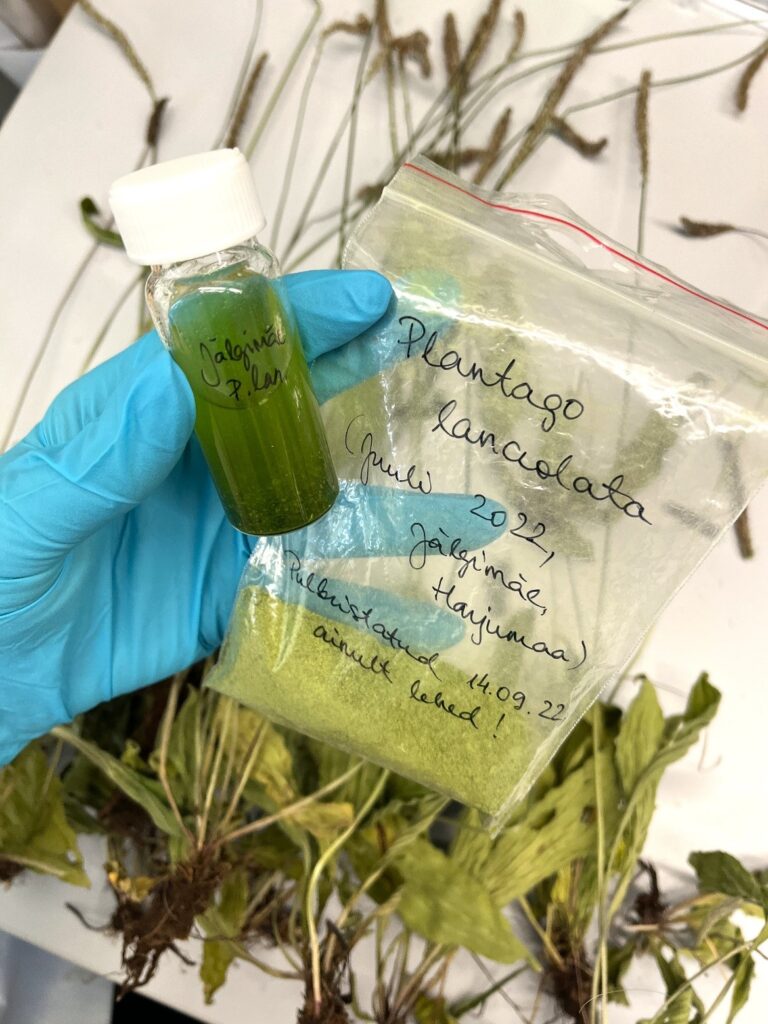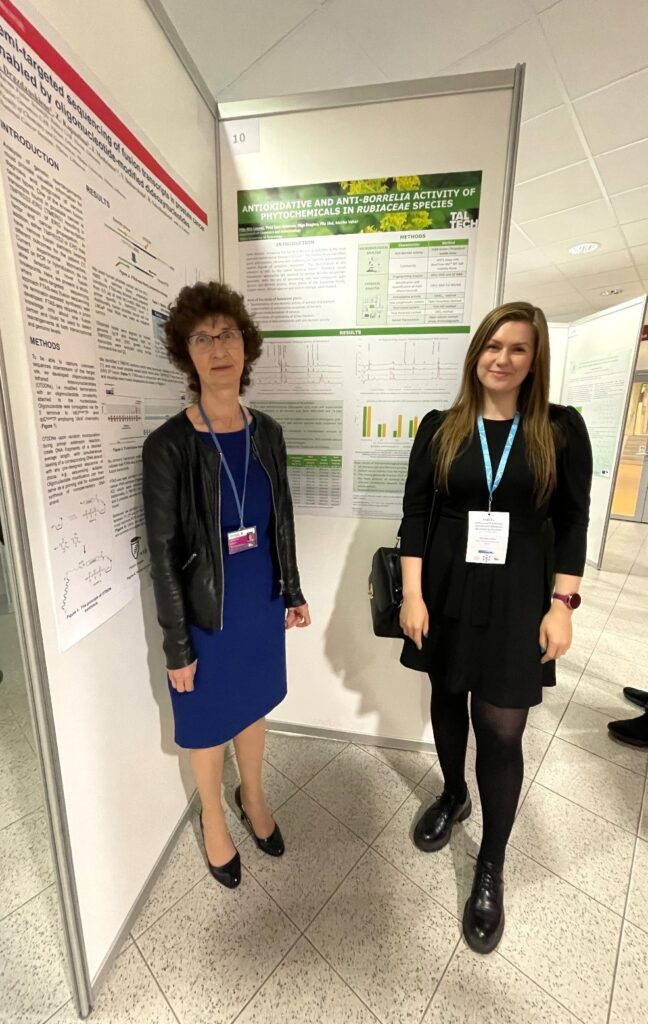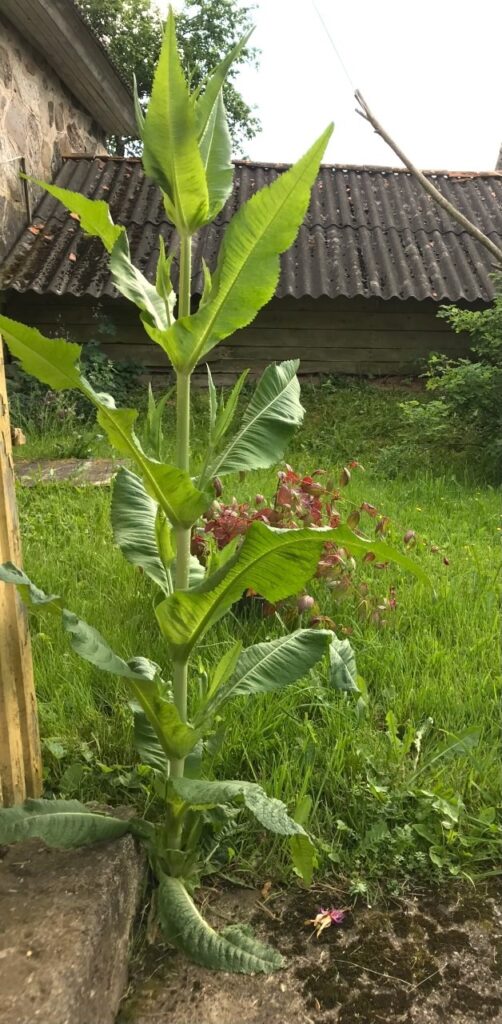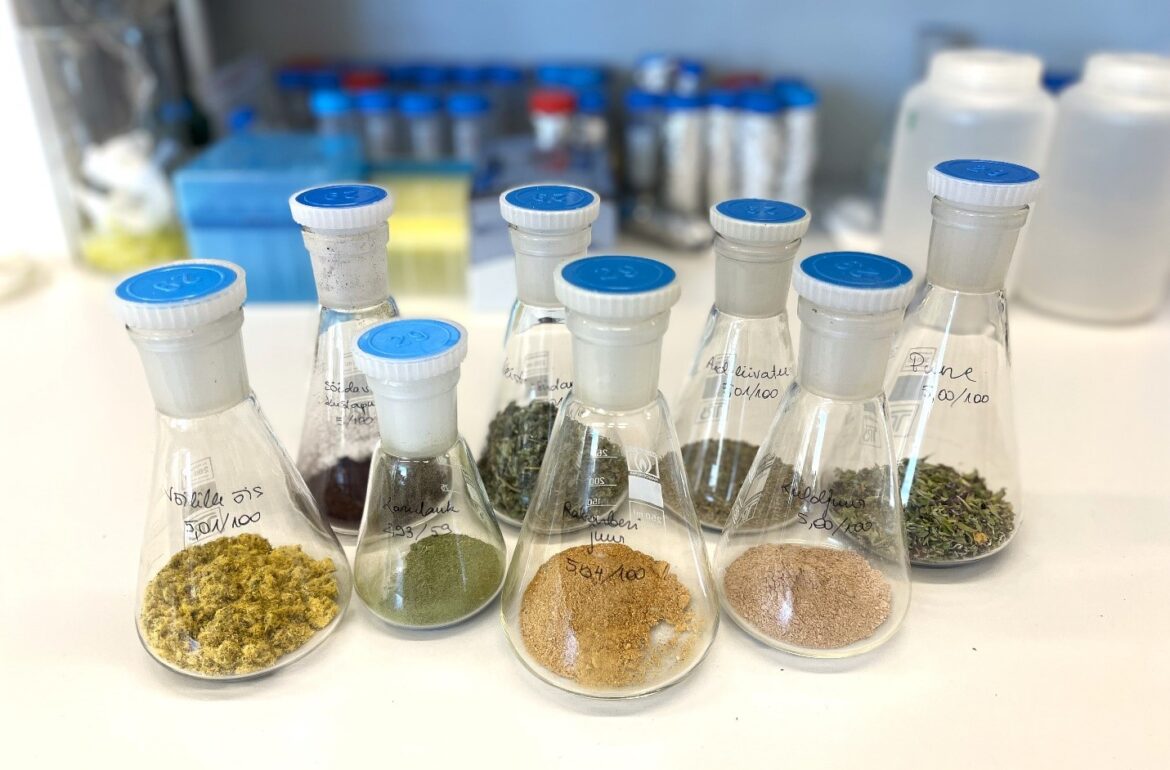Approximately one in three ticks in Estonia and up to one in four in Tallinn carry bacteria that cause borreliosis. Scientists of TalTech are investigating whether medicinal plants growing in Estonia could be used to fight Lyme disease and destroy the bacteria causing it.
The arrival of warmer weather and more people spending time outdoors bring risks that should be addressed. A tick, likely to be carrying at least one pathogen, can attach itself to human skin in natural areas. The abundance of ticks in Estonia and the prevalence of tick-borne pathogens have increased significantly in the last decade.
The results of the recently published National Institute for Health Development project ‘Mail a Tick!’ show that, of the six main viruses/bacteria included in the study, at least one pathogen was detected in 62.3% of all ticks examined. The better-known tick-borne diseases include tick-borne encephalitis and borreliosis.
More and more causes of Lyme disease
It is possible to be vaccinated against encephalitis as a viral disease; moreover, immunity develops as a result of contracting the disease. There is no preventive treatment for Lyme disease. Once infected, there is no immunity, and the consequences can be severe.
Lyme disease is caused by a group of bacteria called Borrelia burgdorferi sensu lato, which enter the human bloodstream through tick bites. The first sign of infection is an enlarging reddish patch around the bite site, but this is absent in as many as a third of cases.
According to scientific articles published in many scientific journals, such as Frontiers in Neurology, Pain, Lancet, and Clinical Microbiology and Infection, symptoms in the later stages of the disease can include damage to joints, nervous system, skin, and heart.
According to the National Institute of Health, approximately 28% of Estonian ticks are carriers of B. burgdorferi and more than 2,500 people are infected with Lyme disease each year. A comparison of the latest data with the results of surveys conducted in 2006–2009 and 2012–2014 shows that the prevalence of Lyme disease in ticks has increased two or three times in some places across Estonia.
It is important to know that tick-borne diseases can also be contracted in the cities. The 2018 National Institute for Health Development survey of green areas in the capital city showed that an average of 35% of ticks collected from urban areas carried at least one pathogen, with the prevalence of bacteria causing Lyme disease being as high as 25% of ticks in some places.
Innovative treatments are needed

Photo: Pille-Riin Laanet
Lyme disease is treated with antibiotics, which are generally effective in the acute stage of the disease. However, if the disease goes unnoticed and treatment is delayed, it can develop into a chronic condition.
Persistent symptoms are caused by the more resistant forms of B. burgdorferi bacteria, namely round body forms and biofilm, which are not as sensitive to antibiotics as the bacteria in their original form – corkscrew-shaped or individual spirochetes.
Novel treatments are needed to fight resistant forms of bacteria. There are many examples in the research literature of the efficacy of various plant-derived compounds or phytochemicals against Lyme disease.
The instrumental analysis research group of TalTech has been involved in the research of Estonian plants for a long time, and the main goal of the group in recent years has been identifying phytochemicals that are effective against B. burgdorferi and discovering new lead compounds suitable for the treatment of chronic Lyme disease.
Although many Estonian plants are known as medicinal herbs with antibacterial properties, the alleged beneficial properties are often unconfirmed by scientific methods. The chemical study of Estonian plants allows identifying specific plant compounds responsible for different therapeutic properties.
Which plants are studied by chemists?

Photo: Merike Vaher
The instrumental analysis research group is working on a wide range of plants growing in Estonia that are more or less known as medicinal plants. As a result of the research, an overview of the chemical composition and beneficial properties of many local plant extracts will be available.
The first part of the plant research focuses on the chemical characterisation of the studied species, identifying the main groups of compounds present in them and the antioxidant properties of plant extracts.
The antioxidant activity of an extract suggests its potential therapeutic uses both as an antibacterial agent and in treating diseases associated with oxidative stress, such as cancers. With a suitable solvent and extraction protocol, it is possible to isolate compounds with antibacterial properties from plants, from which the researchers hope to identify the ones suitable for treating Lyme disease.
An excellent summary of this work can be found in a recent article published in the special issue of the scientific journal Molecules, which describes the identification and characterisation of phytochemicals found in various Galium species growing in Estonia.
Extracts of Galium verum, Galium aparine, and Galium mollugo were found to have significant antioxidant properties. The main compounds identified in the extracts belonged to the polyphenol and iridoid classes. Representatives of these classes of substances have shown a wide range of beneficial therapeutic properties in many previous scientific studies.
Polyphenols are known both for the prevention and treatment of diseases related to oxidative stress and iridoids for their anti-inflammatory properties and as inhibitors of bacterial, viral, and fungal growth.
An extract made from Galium verum flowers was found to have the strongest antioxidant properties. In addition, volatile compounds in Estonian Galium species were identified, of which phytochemicals found in all three plant species have been previously confirmed as inhibitors of bacterial and fungal growth.
The beneficial properties of Dipsacus fullonum L. are confirmed

Photo: Merike Vaher
The research team has successfully confirmed the anti-Borrelia properties of another plant growing in Estonia, the Dipsakus fullonum L.
The results of this research were published last year in a special issue of the scientific journal Pharmaceuticals and were recognised for their importance in this field.
Iridoid-glycoside fraction was isolated from the extract of the Dipsacus fullonum L. plant, which showed high activity against Borrelia and a low risk to mammalian cells. As compounds with activity against Borrelia account for about 15% of the total extract, the leaves of Dipsacus fullonum L. are an excellent natural source for extracting novel lead compounds for treating Lyme disease.
Plantagos and honey are also examined
Scientists of the instrumental analysis research group of TalTech Merike Vaher, Piret Saar-Reismaa, Pille-Riin Laanet, Piia Jõul, and Olga Bragina will continue their work on the chemical characterisation of Estonian plants and the development of suitable extraction methods for compounds with therapeutic potential.
Among other things, the activity of various Plantagos and of various types of Estonian honey and pollen against Borrelia is currently being investigated, and ongoing trials have shown promising results in both cases.
The researchers of TalTech hope that the research results could point to new treatment options for doctors and their patients and pave the way for clinical trials to help people with chronic Lyme disease.
Written by Merike Vaher and Pille-Riin Laanet. The article was originally published on TalTech’s homepage.
 Back
Back



